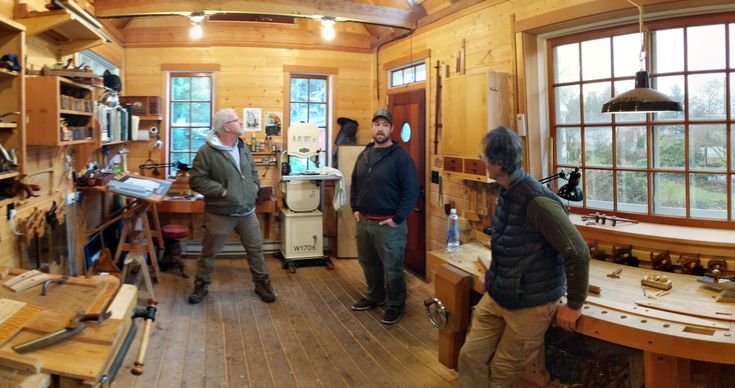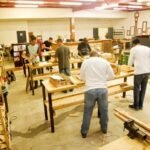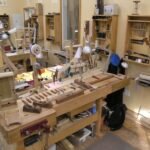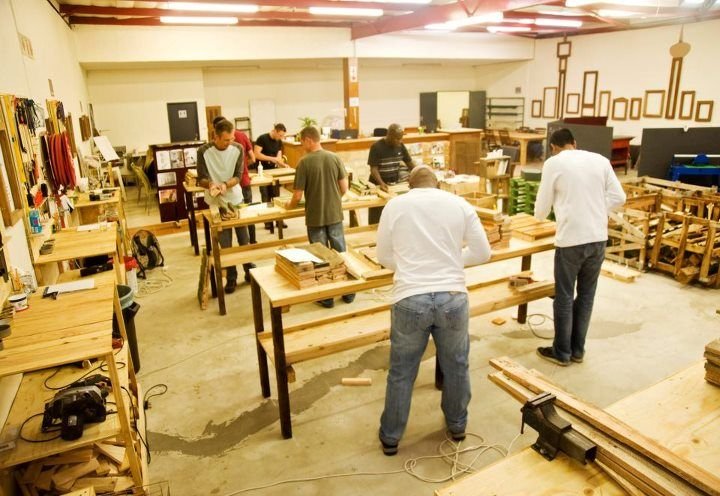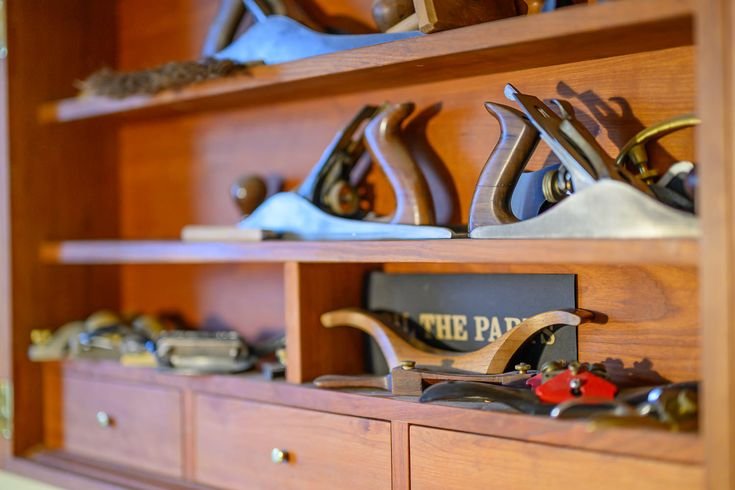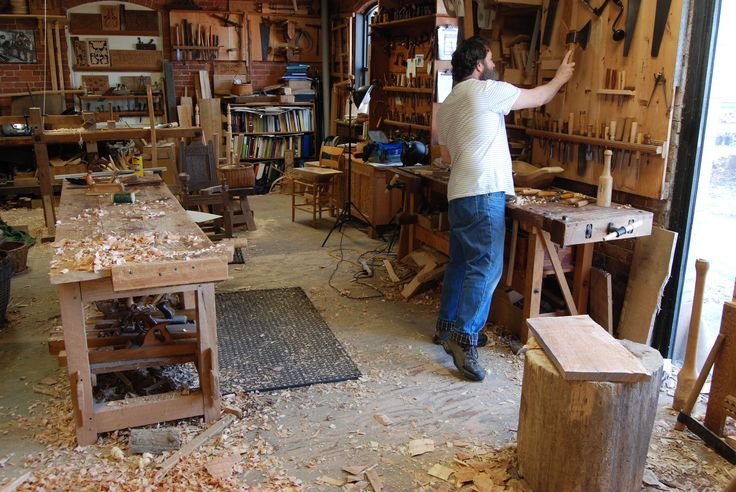Coffee, Sawdust, and Lessons Learned
You know, there’s something magical about the smell of freshly cut wood wafting through the garage. It’s earthy, almost grounding, and every whiff takes me back to my granddad’s workshop. I can still hear the sound of that old table saw roaring to life. He was a no-nonsense kind of guy who always said, “A tool’s only as good as the person using it.” Little did I know back then how true that was, especially when I got into woodworking myself.
Just last summer, I thought I’d tackle a project that seemed pretty straightforward — a simple coffee table. I mean, how hard could it be? I’d seen enough YouTube videos and owned a decent set of tools: a table saw, a combination square, and a sander. The idea was to use some beautiful oak planks I’d picked up from a local lumberyard — the kind that smells like a forest when you’re sawing it. I envisioned it with long-legged elegance, a perfect piece to complement my living room.
So I gathered my supplies—my trusty DeWalt table saw, some wood glue, and these shiny new clamps that I was ridiculously proud of. They had a comfortable grip and felt like they could secure a mountain. I set my “workshop” up in the garage, a space that usually consists of lawnmowers and a few bikes, and honestly, I was feeling pretty optimistic.
The Mishap
What happened next is a perfect example of why they say “measure twice, cut once.” I was so excited I could barely focus. I measured one plank, not thinking much about it, and went right into cutting. I didn’t even double-check my measurements. Can you believe that?
The first cut was fine, but I started cutting pieces that were supposed to be the tabletop ends, but, uh, I ended up with two very different lengths. I almost gave up there. I stood in my garage staring at those pieces, feeling like a moron. My mind was racing—should I just pack it all up and shove those planks back in the corner? There was definitely a moment there when I wrestled with the idea of just quitting, but then I thought about how long I’d been looking forward to this project.
So, on a hunch, I decided to get a little creative. I used some left-over plywood scraps to make a kind of apron for the table. It wasn’t fancy, but at least it would add some stability. Let me tell you, though, figuring out how to join those pieces together was a lesson in patience. I remember laughing when I accidentally shot a staple clean through a piece of scrap into my thumb. It hurt, but in that ridiculous moment, I realized I had to lighten up; this was supposed to be fun, after all.
All the Little Details
Once I got past feeling like a novice, I started to appreciate the little details in the project. I remember picking out the stain — a rich dark walnut that looked so inviting on that oak. The way the grain popped with just a bit of finish made me feel like an artist, even when I fumbled through the process. There’s something about watching that wood come alive under a coat of stain that just feels… well, gratifying.
Now, my buddy Joe, who’s probably the best woodworker I know, popped by to check on my progress. He took one look at my “design” and then promptly made a comment about “the beauty of imperfection.” I didn’t know whether to be flattered or offended. But he was right—it was awfully imperfect. Still, there was warmth to it; after all, it had been crafted by my own hands, blunders and all.
In the end, I glued and clamped everything together, watching the glue squeeze out from the joints like icing on a cake. The sound of the clamps tightening had a sort of satisfying snap to it, like a breath of relief after a long day’s work.
The Finish Line
When all was said and done, I stood back and couldn’t help but feel proud, even if it was a bit wobbly in spots. That coffee table wasn’t perfect, but it had a character that came from me—sort of like a visual diary of my mistakes and victories. I couldn’t wait to show it off to my family and friends. We had our first gathering just the other weekend, and it held up just fine. People sat around, cups of coffee in hand, talking and laughing. And because of that table, they engaged over something I created.
If I learned anything from that whole debacle, it’s that woodworking is as much about the journey as it is about the destination. Yeah, I could’ve bought a table at a store, but it wouldn’t have the stories bound up in it—each scratch and bump telling tales of almost-giving-up moments and laughing at my own folly.
So, if you’re thinking about diving into woodworking, just go for it. Don’t overthink the mistakes; embrace them. They’re going to happen anyway. And trust me, those lessons learned will stick with you a lot longer than any shiny tool you might buy. Just grab that piece of wood and let it guide you; you might just end up with something more than you ever imagined.

